|
Why Management Should Be Your Competitive Advantage by Lukas Michel
By Guest Contributor Lukas Michel
Author of Better Management, Lukas Michel, explains why the last remaining areas of competitive advantage can be found in management.
Competitive advantage has long been the yardstick for success and the performance of management. The traditional domain of competitive advantage is on the value chain, the operations of the company. In today’s fully disruptive and hyper-dynamic environments, traditional advantages dissolve fast. Management – how we get work done – likely is one of the few competitive advantages left. Better Management outlines what these advantages are and how to build them as sustainable value.
For management to be a competitive advantage, it must be Better Management. For managers, the new dynamics impose one clear imperative: Every organization must build the capability to change into its very structure. It must commit to creating a new response to its challenges. Like with the Kaizen approach, it must weave continuous self-improvement into daily life. And every organization must learn to innovate by organizing it as a systematic process. All these musts require a high degree of decentralization and structures where decisions can be made quickly.
In today’s fully disruptive and hyper-dynamic global markets, traditional competitive advantages based on the value chain dissolve fast. New business models can quickly alter the cost position of a company. Business ecosystems can differentiate the value proposition in unprecedented ways. Globalization has turned narrow markets into huge markets permanently diluting focus. More than ever before, traditional competitive advantages based on the value chain are hard to maintain in ways that offer sustainable above average returns.
The last remaining areas of competitive advantage can be found in management, the management model and the operating system of a company. Management is, in line with Michael Porter’s distinction, neither a primary activity nor a support activity. It is the activity that makes all other activities happen. Our research claims that management is one of the only remaining sustainable competitive advantages.
We claim that agile, people-centric, and dynamic features turn management into a competitive advantage. Performance, innovation, and growth are indicative of the returns of competitive advantages. Competitive advantage, measured through the agile, people-centric, and dynamic features of management, strongly correlates with the returns of superior management, being outcomes measured through performance, innovation, and growth of. The data from 400 companies of all kinds around the globe clearly shows a strong relationship between capabilities and outcomes.
There is a desperate need for Better Management. Real managers know that it is their task to change the way they lead people, how they organize themselves, and how they get work done. Better Management is every manager’s primary job. The evidence is clear: for successful transformations, 10% of employees can make or break it, as not all in the organizations will embrace the new way – nor may it be necessary that the entire organization gets it. But leaders at every level, not just top managers, must buy into it as organizational value and competitive advantage. Business disruption is only possible with the help of leaders who have crossed the Rubicon better.
Management plays an important role in moving to Better Management. If the fault is with management, then that needs fixing. Distinguishing between operations (what managers want) and the operating systems (what most have not thought about) helps us emphasize where the true competitive advantage lies: the opportunity for real managers to think about how they lead, organize, and manage. That’s work on the system. Real managers know that the task is to change the way we lead people, how we organize ourselves, and how we get work done. It’s the primary responsibility of managers to establish an operating system that suits the people, the purpose of the organization and the context of their business.
The key to what needs to be fixed is what happens at the top of the organization. From using our diagnostic tool to measure management based on the criteria for competitive advantage, we have learned that managers are overconfident in their own management and tend to underestimate the management capability of their teams. It’s called the Dunning-Kruger effect. But why guess if you can know?
The Better Management standards come with the following:
- A work environment where people engage and get work done.
- A strategy that clears expectations with results that keep promises and create value.
- Management that mobilizes resources with self-responsible people who make the client offering specific.
- People who unfold their potential and perform in ways that are hard to copy.
- An operating system to master higher challenges without shortcuts.
- A toolbox with systems for leaders to capture new opportunities that are deeply embedded in culture.
It is interesting to note that, in overviews of key innovations over the past 200 years, management is never mentioned as a radical innovation that gets the respective recognition. Andrew Hill (2021), the Financial Times management journalist, put it as follows: “Take any middle manager from 2011 or 1991 or even 1961, and he would still belong to a large corporation, have an office with a desk, is somewhere on the org chart, has an incentive plan, is part of the hierarchy, follows a bunch of sociopaths with high-sounding titles giving orders.” One of the reasons for missing innovation is that 20th-century traditional management systems still work. Hierarchy offers structure in a complex world. Offices provide a hub for face-to-face interactions. But the systemic inertia is to blame for the slow pace of change. “Rigid hierarchies can become bloated, timid, complex, insular, arthritic and highly politicized,” to quote Gary Hamel talking at a workshop held at the 2021 Global Drucker Forum in Vienna.
Overall, better-managed organizations make a difference. They are considerably more agile, people-centric, and ready for a dynamic market environment. And they are better off competing in the future: performance is 21% higher, innovation 25% higher, and growth 28% higher.
Better Management is a yardstick. Investments in Better Management clearly pay off as a sustainable competitive advantage.
Why guess if you can know. Better Management comes with a diagnostic tool for managers to review six principles that make up management as a competitive advantage. Learn more to set your standards: https://management-insights.ch/en/diagnostics/better-management
ABOUT THE AUTHOR

LUKAS MICHEL is the owner of Agility Insights AG, based in Switzerland, and CEO of Lukas Michel Management Insights, a global network of experienced business mentors. Over the course of his 40-year career, he has worked with executive teams around the world, focusing on management and agility for a diverse range of local, national,and global organizations. Lukas is the author of The Performance Triangle, Management Design, People-Centric Management and Diagnostic Mentoring.
LinkedIn: https://www.linkedin.com/in/lukasmichel/
Suggested Reading
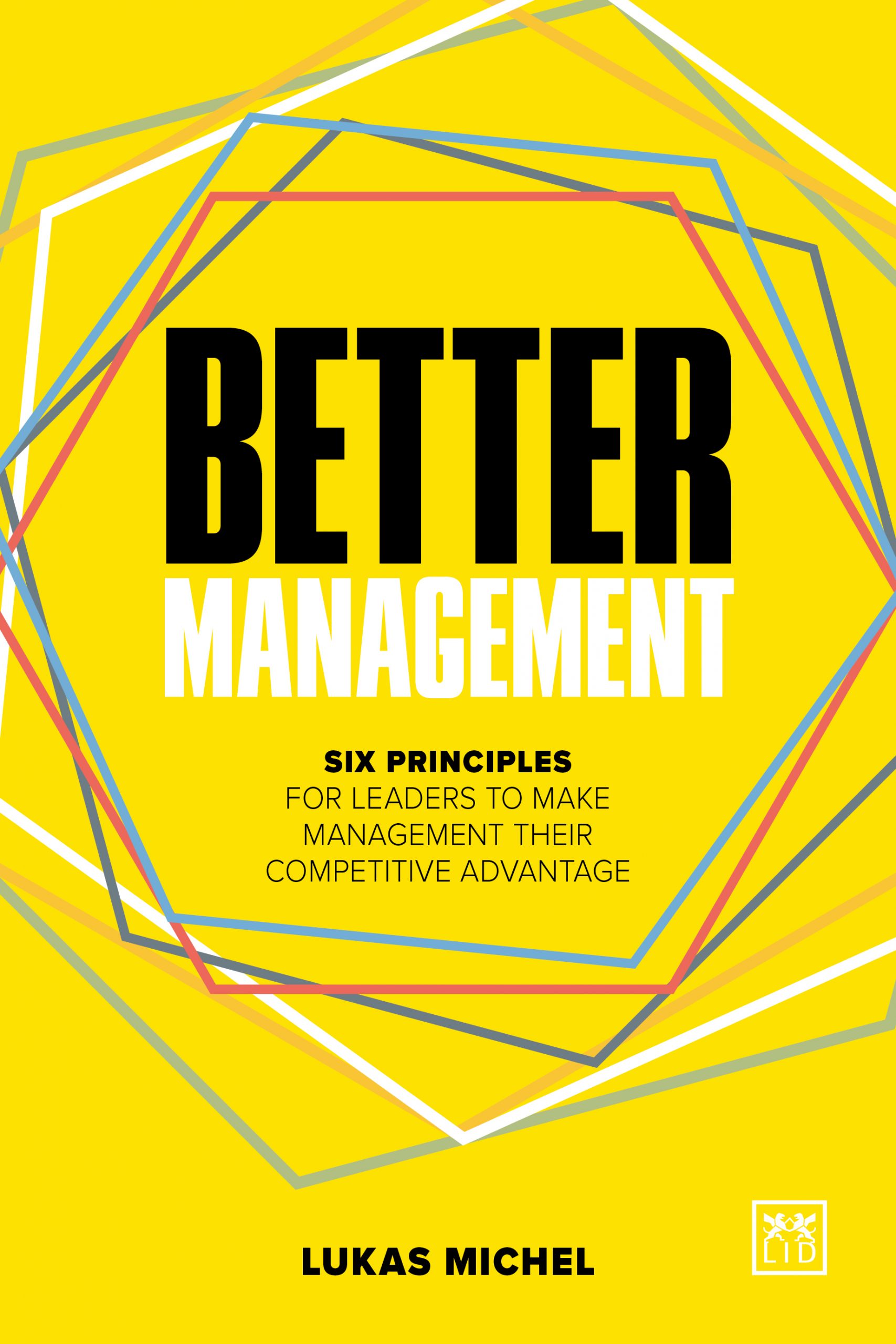 For management to be a competitive advantage, it must be better management. Recent research has shown that companies that have established agile, people-centric and dynamic capabilities – and have got rid of traditional management methods – outperform others by a huge margin. From this, the author offers six key principles of better management, that will provide the platform for all business leaders and organizations to make the shift towards greater performance.
For management to be a competitive advantage, it must be better management. Recent research has shown that companies that have established agile, people-centric and dynamic capabilities – and have got rid of traditional management methods – outperform others by a huge margin. From this, the author offers six key principles of better management, that will provide the platform for all business leaders and organizations to make the shift towards greater performance.
Other books by the author
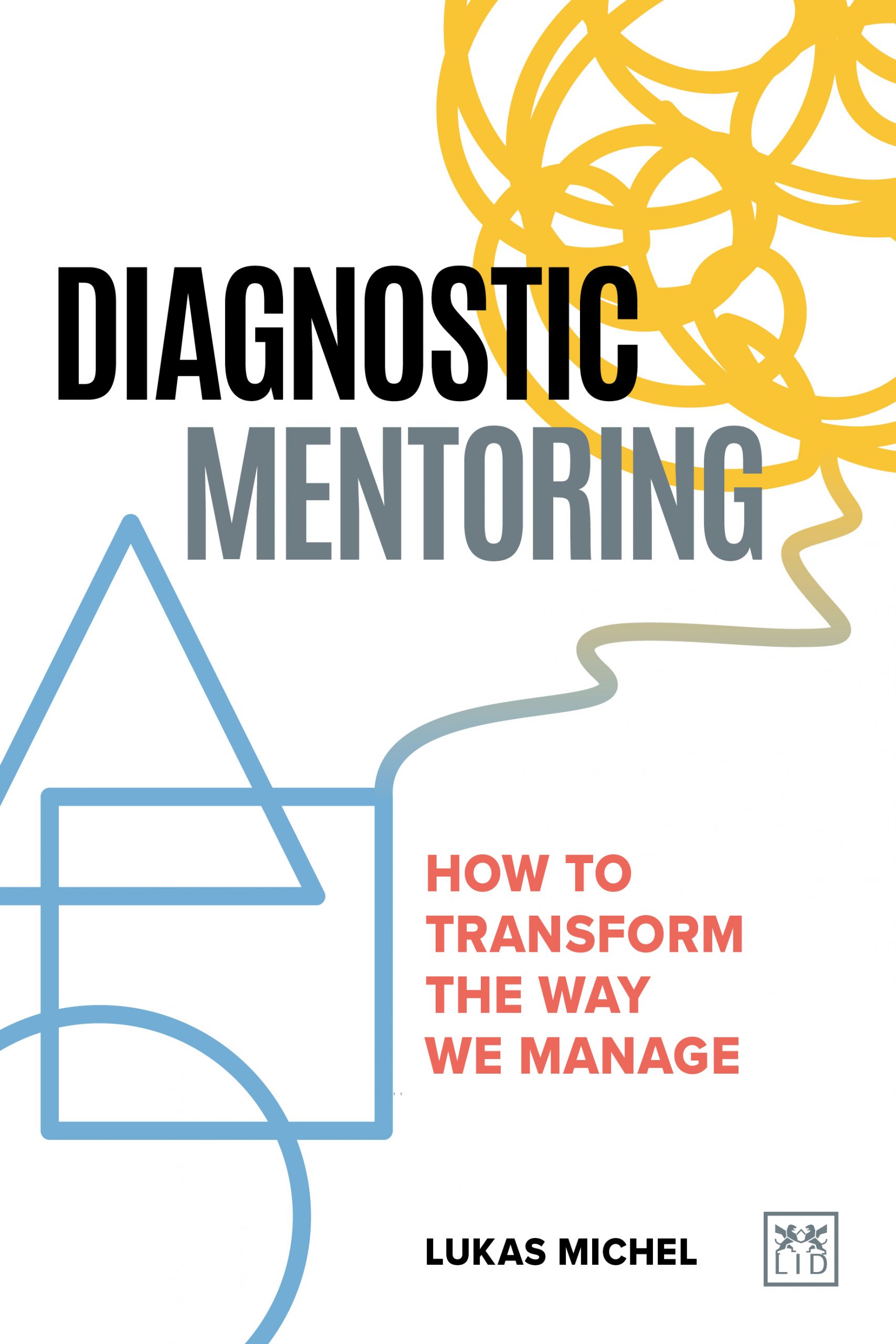 It’s every manager’s prime job to manage better: to change the way they lead people and how they organise work in the new (post-pandemic) business context. The book discusses the role of the operating system to do that and clarifies managerial priorities and goals. This then sets the stage for Diagnostic Mentoring – the methodology that enables the transformation of the way we manage.
It’s every manager’s prime job to manage better: to change the way they lead people and how they organise work in the new (post-pandemic) business context. The book discusses the role of the operating system to do that and clarifies managerial priorities and goals. This then sets the stage for Diagnostic Mentoring – the methodology that enables the transformation of the way we manage.
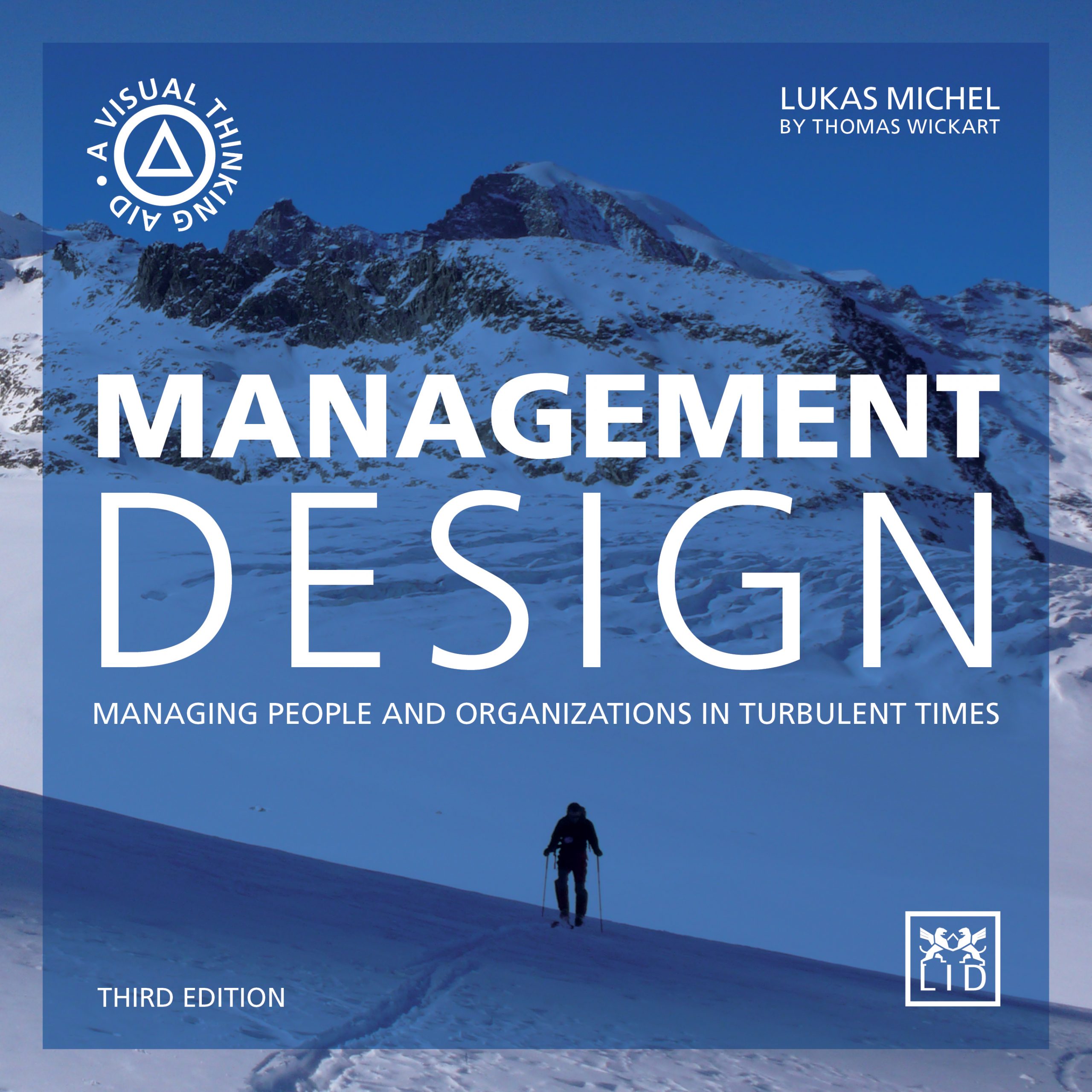 Management in turbulent times needs greater vision and foresight. This book offers an exciting visual-thinking approach to help managers, leaders and entrepreneurs think through their options and find a way that best meets the needs of their businesses, that supports their talent to perform at their peak, and simultaneously builds the capabilities to cope with turbulent times.
Management in turbulent times needs greater vision and foresight. This book offers an exciting visual-thinking approach to help managers, leaders and entrepreneurs think through their options and find a way that best meets the needs of their businesses, that supports their talent to perform at their peak, and simultaneously builds the capabilities to cope with turbulent times.
 If you have not yet experienced the benefits of agile but don’t want to miss the trend, then Agile by Choice offers a gentle introduction into the core concept and the prerequisite of people-centric management. This book offers a new way to think about how you lead people, how you use your own resources, and how you personally perform at your peak.In line with his previous books, Lukas Michel presents a diagnostic self-mentoring approach with 21 exercises for leaders to learn about agile and people centric. This book initiates the shift to strategic agility with your team to establish leadership everywhere.
If you have not yet experienced the benefits of agile but don’t want to miss the trend, then Agile by Choice offers a gentle introduction into the core concept and the prerequisite of people-centric management. This book offers a new way to think about how you lead people, how you use your own resources, and how you personally perform at your peak.In line with his previous books, Lukas Michel presents a diagnostic self-mentoring approach with 21 exercises for leaders to learn about agile and people centric. This book initiates the shift to strategic agility with your team to establish leadership everywhere.
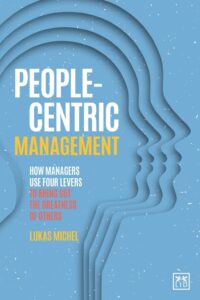 Today’s dynamic business environment requires new ways to man- age, lead, work, and organize. Traditional paradigms of efficiency, agency theory, transactions and scale are replaced or augmented with principles that focus on people, self-organization, and purpose for greater innovation and growth.
Today’s dynamic business environment requires new ways to man- age, lead, work, and organize. Traditional paradigms of efficiency, agency theory, transactions and scale are replaced or augmented with principles that focus on people, self-organization, and purpose for greater innovation and growth.
To expand on his previous books, Lukas Michel presents new research, practical applications and the experience with People- Centric Management, agile organization and work on the system to establish new management where people unlock their talent, master greater challenges and perform at their peak.
The book offers the legendary People-Centric Diagnostic that forces the reader to decode and rethink the many assumptions underlying their management model and systems. In combination, the people-centric model, the three-step process and action agenda will help executives establish leadership everywhere to succeed in a dynamic environment.
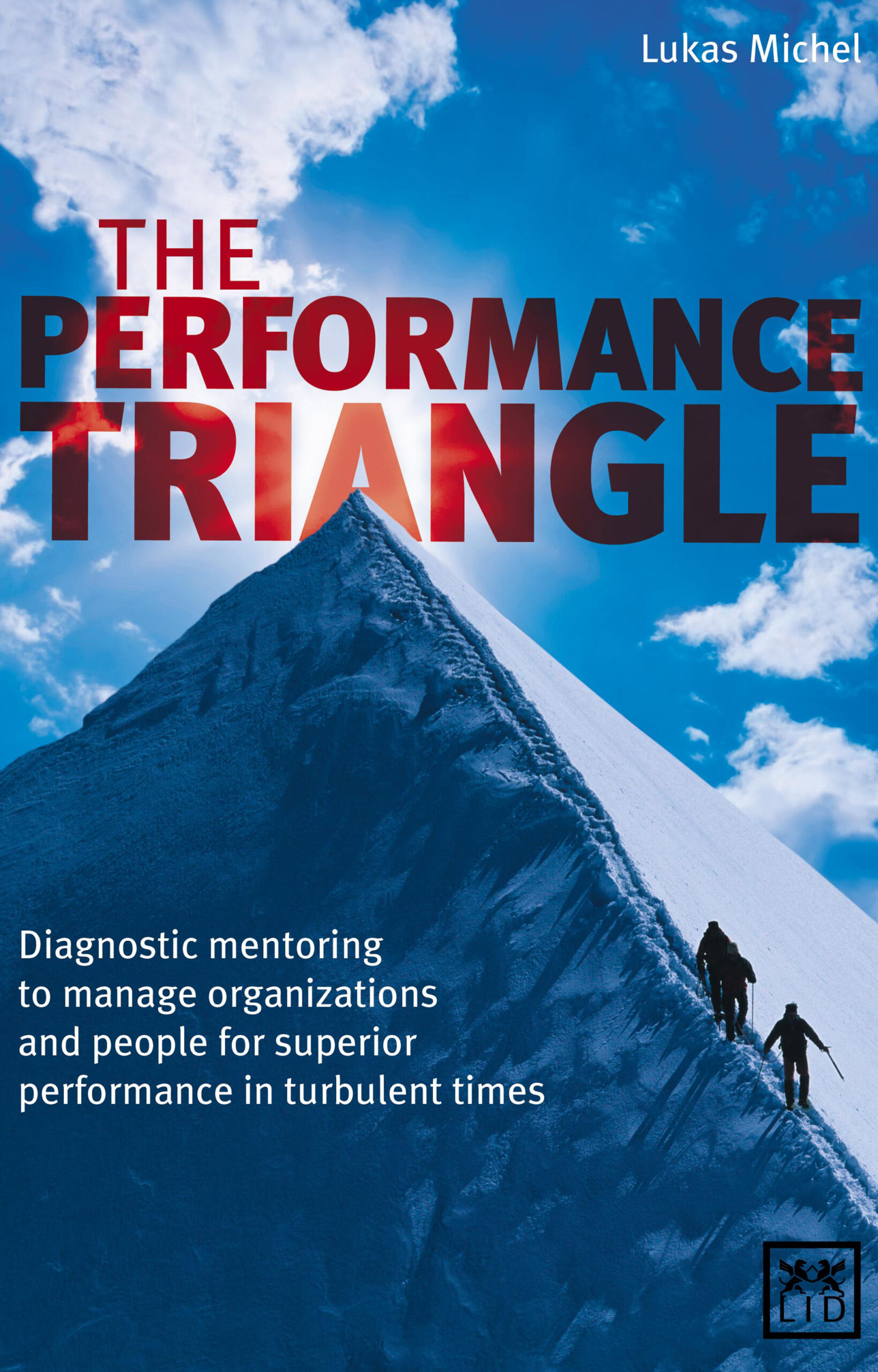
It is a new era. To win in an increasingly dynamic and volatile environment, leadership teams must be agile – they must be flexible enough to react to early signs and act on them quickly.
An agile company needs good decision-making at all levels – from the centre to the periphery, tapping into the full potential of the people, operating model, information technology and leadership practices. And decisions are made by people. This guide forces you to re-examine the assumptions underlying your leadership and how agility within your company can be built through a three-point, people-centric approach. The author’s insights will help you understand your options, make the choices required to successfully coach your team, and start creating agility as a competitive advantage today.
